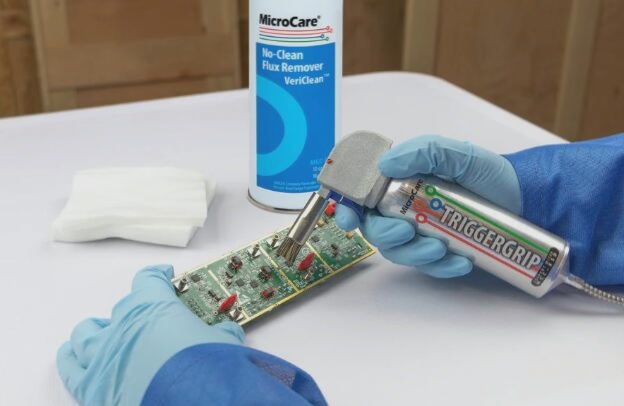Identifying the Number of Layers in a PCB Multi-layer Board
The number of layers in a PCB multi-layer board can be determined by observing certain key features. Let’s delve into the method of identifying the layers in a multi-layer PCB:

- A 4-layer PCB primarily consists of traces on the first and fourth layers, with other layers serving various functions such as ground and power distribution.
- Layers in a PCB have specific purposes, including power distribution, main signal transmission, auxiliary signal routing, and grounding.
- The substrate of a PCB is made of rigid and thermally conductive insulating materials to prevent bending.
- Copper foil on the surface of a PCB is etched away during manufacturing to create circuits known as traces, which establish connections between components.
- PCB boards are commonly green or brown, indicating the presence of a solder mask that insulates and protects the copper traces.
- Modern electronics extensively use multilayer PCBs to increase wiring area, with multiple single or double-sided PCBs fused together.
- The term “layers” in PCBs refers to independent wiring layers, with typical structures ranging from 4 to 8 layers.
- Identifying the number of layers in a PCB can be done by observing via holes, which facilitate circuit connections within multilayer boards.
- 4-layer boards for motherboards and display cards have via holes penetrating through the entire board, while 6/8-layer boards may have via holes on one side.
- A practical method to determine the layer count is by holding the PCB against a light source: light shining through via holes indicates a 6/8-layer board.
In essence, a Printed Circuit Board (PCB) is a platform where conductive copper sheets are attached to an insulating substrate to create circuit connections. PCBs can be single-layer, double-sided, or multi-layer, allowing for complex electronic designs.


